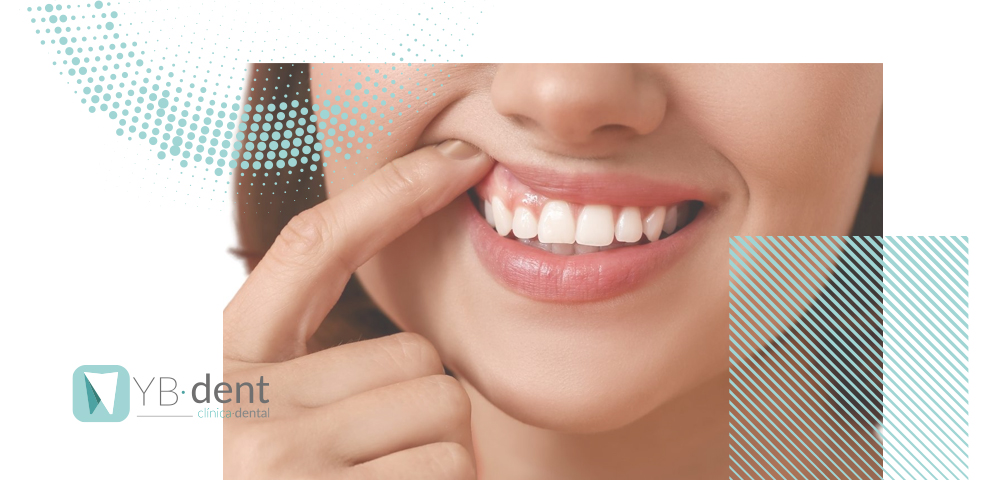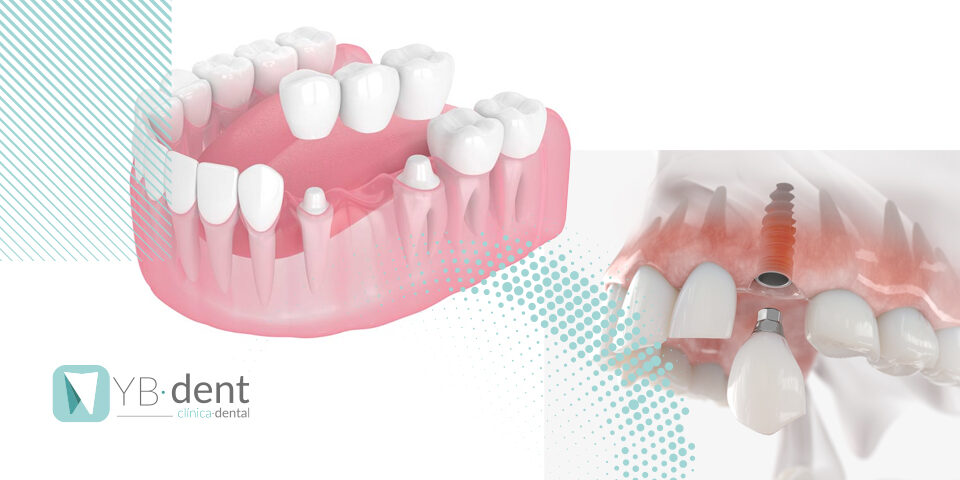Causas de las encías retraídas y soluciones al problema

En nuestra clínica visitamos a cientos de personas, y nos hemos dado cuenta que los temores más comunes de nuestros clientes están lejos de ser los más peligrosos para nuestra salud dental.
Caries, empastes, ortodoncias… son un clásico que todos conocemos, pero hoy queremos explicarte un problema más común de lo que creemos y que en muchas ocasiones podemos ponerle solución.
Un problema muy común que va asociado a otros y que puede derivar en casos muy serios como la pérdida de piezas dentales son las encías retraídas.
Las encías retraídas o en su nombre técnico regresión gingival, es cuando la encía de alrededor del diente se debilita y empieza a reducirse quedando al descubierto parte de la raíz del diente. Si este problema continúa durante mucho tiempo, puede dar paso a que los dientes se muevan o incluso se desprendan de la mandíbula.
Algunos clientes vienen a la consulta porque es un problema estético, pero las encías retraídas vienen de un problema grave en nuestros dientes.
Enfermedad periodental
La principal causa de las encías retraídas es la enfermedad periodontal, causada por una mala higiene dental. Esta enfermedad tiene como primera fase la gingivitis, que es una inflamación de la encía de alrededor del diente causada por la acumulación de restos de comida o placa dental.
La gingivitis afecta al 91% de la población, y la causa principal es que estos restos de comida o placa acaban generando cálculo dental que acaba desplazando a la encía inflamándola.
Cuando estas gingivitis no se tratan, pasa a ser una periodontitis. Que viene cuando la placa dental se acumula debajo del diente generando una bolsa periodontal penetrando en la raíz del diente y ganándole terreno a la encía y al hueso destruyéndolos. Lo que consigue que el diente empiece a moverse e incluso en algunas ocasiones se puede llegar a perder el diente.
Cepillado deficiente o demasiado brusco
Otra de las causas más comunes de las encías retraídas es un cepillado deficiente o demasiado brusco. Para identificar si esta es una de las causas de un cepillado demasiado agresivo o con un cepillo demasiado duro, tenemos que fijarnos en los colmillos o en los dientes caninos, que es donde se muestran los primeros síntomas de esta causa. Un mal cepillado castigará el tejido de la encía hasta llegar a retraerse, es por esto que es tan importante saber cepillarse los dientes adecuadamente.
Las personas fumadoras
Las personas fumadoras son una gran parte de la población que sufren este problema, ya que las sustancias tóxicas, junto con la nicotina, que contiene el tabaco inflama las encías y el tabaco en sangre reduce la circulación de sangre a este tipo de tejidos mucosos, lo que hace que la encía se retraiga.
El bruxismo
El bruxismo es un problema cada vez más conocido, y dentro de sus causas puede ocasionar encías retraídas. El bruxismo es un hábito adquirido involuntariamente que hace que apretemos una mandíbula con la otra, o como se conoce popularmente rechinemos los dientes. La presión a la que se someten los dientes durante tanto tiempo desgasta las piezas dentales, y además ocasionan problemas como el que estamos tratando en este post.
Las causas de las encías retraídas sin remedio durante mucho tiempo tiene como resultado el movimiento de dientes o incluso llegar a perder alguna pieza dental. Por lo que te recomendamos que no esperes hasta llegar hasta tal punto, ya que hay soluciones a estos problemas de forma temprana, como por ejemplo:
- Consulta con tu dentista la mejor forma de realizar tu limpieza diaria, sin necesidad de castigar tus dientes ni tus encías.
- Tómate en serio la limpieza diaria de tus dientes, los especialistas recomiendan lavar tus dientes de 2 a 3 veces al día.
- Si padeces bruxismo, consulta con un especialista ellos te darán una solución para que tus dientes dejen de
- Si el problema ha empezado a ser más grave, consulta con tu especialista para que te aconseje las mejores opciones que tienes a tu disposición.
En la clínica dental YB-dent somos especialistas en este tipo de problemas, por lo que si necesitas consejo sobre tu problema, no dudes en contactarnos.



